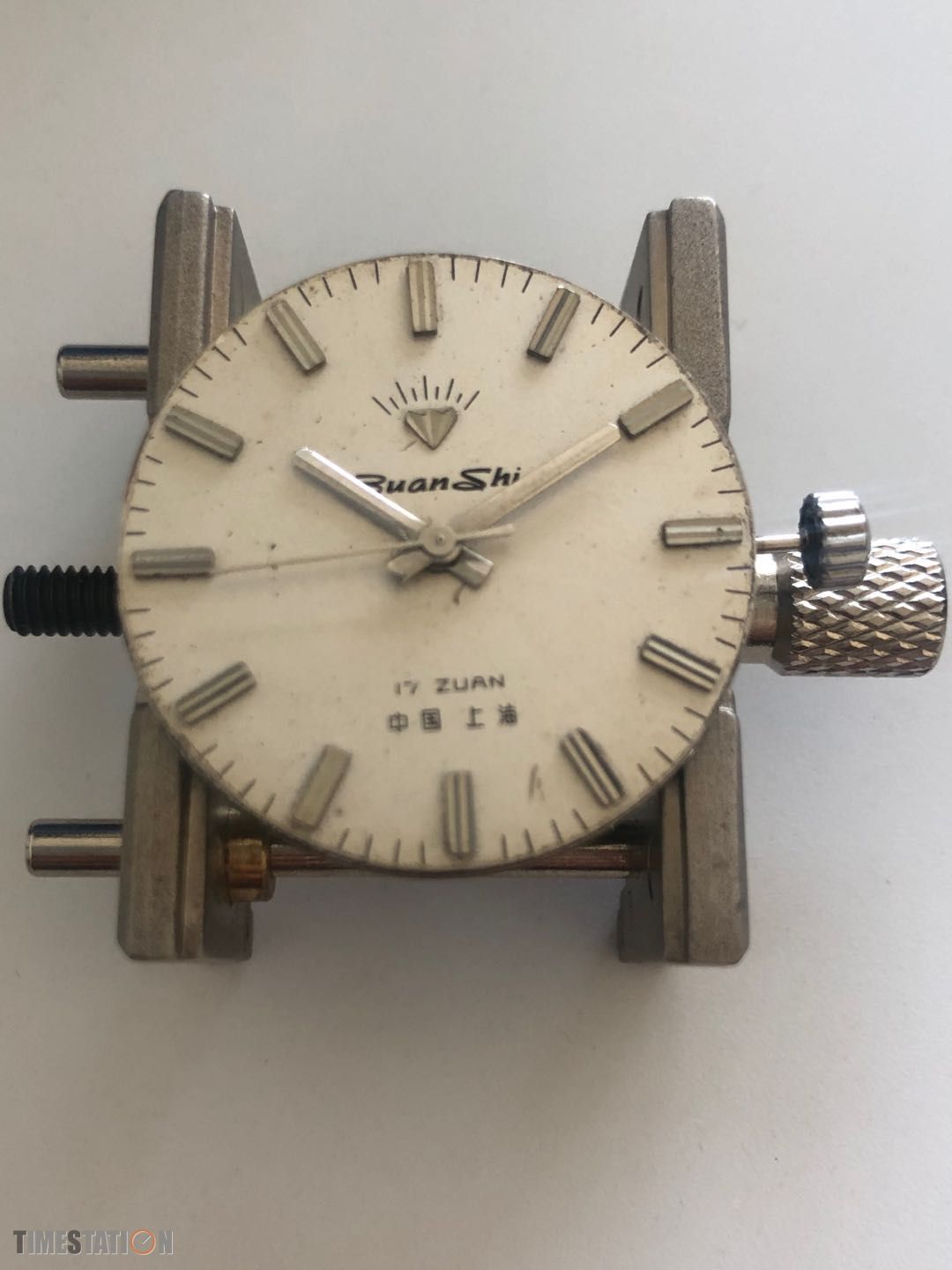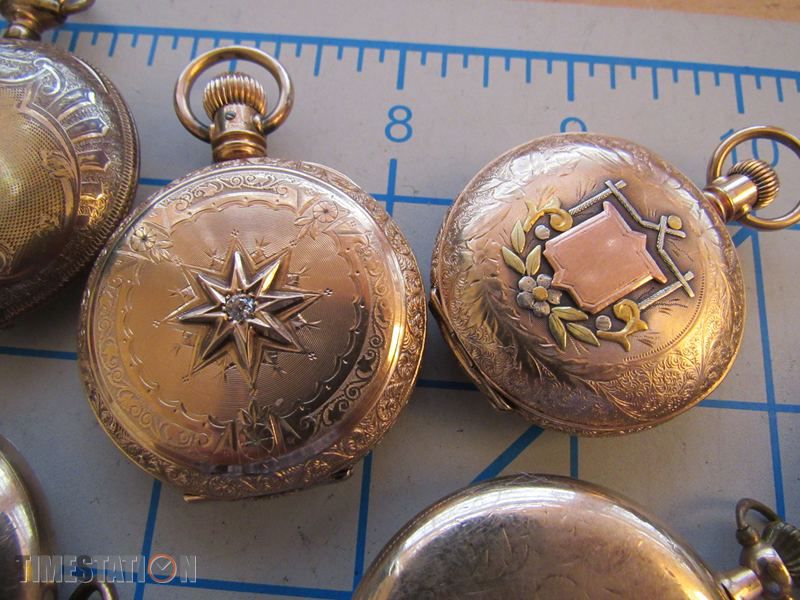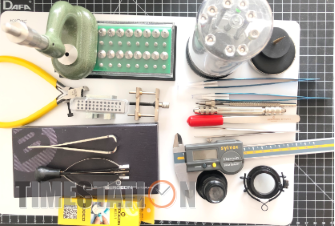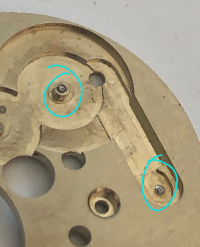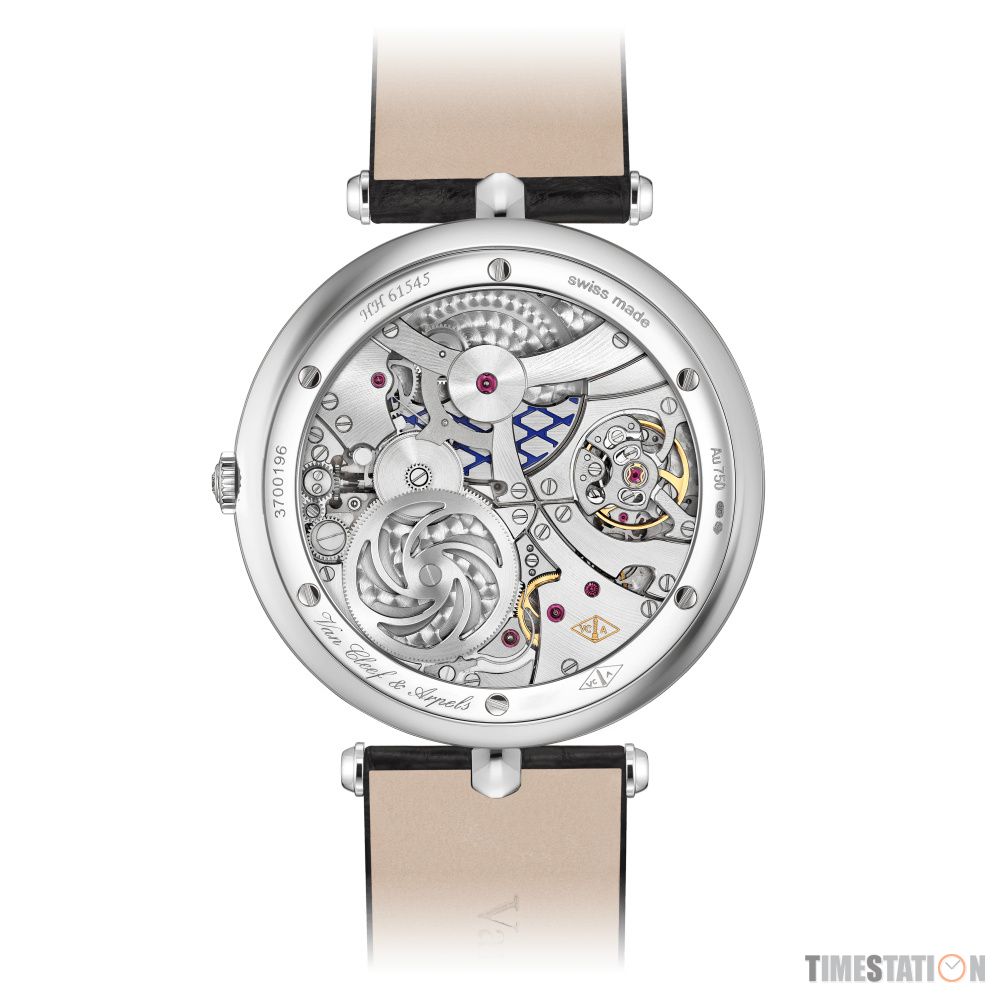以下由芝柏官方提供:
Girard-Perregaux's three gold Bridges celebrate their 125th anniversary
An emblematic design in Swiss haute horlogerie, the Tourbillon with three gold Bridges is the expression of a unique heritage.
On 25 March 1884, the watchmaker Constant Girard-Perregaux submitted to the United States Patent Office the patent for a drawing representing a movement with three arrow-shaped bridges set in parallel.
Today the Girard-Perregaux Manufacture perpetuates the tradition of the Tourbillon with three Bridges, which over a century ago launched a completely innovative vision of the watchmaking movement: besides its technical and functional interest, it also becomes a design element in its own right.
There are few objects that can boast such a distant origin yet keep their power of attraction intact. Girard-Perregaux is proud to hail this anniversary.
The history of this cult item in reality goes back to the 1860s. At this time, the La Chaux-de-Fonds watchmaker Constant Girard-Perregaux was conducting research in the field of the Tourbillon escapement. Invented at the very beginning of the 19th Century, this system put the movement's regulating part in a cage rotating on its own axis, thereby compensating for rate errors due to the Earth's gravity. In 1860, Constant Girard-Perregaux created a watch that won a first class prize from the Neuchatel Observatory: its Tourbillon movement contained three nickel-plated parallel bridges. The watchmaker pursued his quest: in his watches, gold came to be a functional material, and the architecture of the bridges was refined…. This long and patient work of creation came to an end in 1884: the master wished to protect the drawing of a movement with three arrow-shaped bridges harmoniously set in parallel. Since there was no competent body in Switzerland at this date, Constant Girard-Perregaux filed his patent application on American soil, with the United States Patent Office, and it was granted on 25 March 1884.
The saga of the Tourbillon with three gold Bridges is crowned with glory. The big accolade came in 1889, when the timepiece won a gold medal at the Paris Universal Exhibition. The excellence of its work ultimately meant that Girard-Perregaux was excluded from competition classification! The masterpiece would become the icon of the Firm. It marked a decisive point in the history of watchmaking, not only with its beauty, but also with the aesthetic yet functional interpretation of the movement, which was highly innovative for the time. Even after the death of Constant Girard-Perregaux in 1903, Tourbillons with three Bridges continued to win awards and distinctions in international competitions.
At the end of the 1970s, in the midst of the Swiss watchmaking industry crisis, Girard-Perregaux decided to make 20 pieces compliant with the original of 1889. At the time this was a bold undertaking that anticipated the successful comeback of mechanical watches with complications. It meant re-learning how to make forgotten components, and to re-use techniques long since abandoned, to create the first piece in 1981 after 1500 hours' work. In 1991, the Manufacture pulled off a great feat with a version miniaturised to wristwatch size. Since then, nearly 1500 pieces have been made. The collection is constantly developing, and new products compete in terms of elegance and ingeniousness. But these developments, as modern and innovative as they may be, are always conducted with respect for the original design.
Girard-Perregaux's Haute Horlogerie workshop is a repository of exceptional expertise. It takes these experienced watchmakers several weeks to make a single Tourbillon with three gold Bridges. Over 20 creation steps are required to transform some 180 tiny components into this remarkable watchmaking architecture. By way of example, the staggering perfection of the three Bridges is the fruit of patient manual polishing, which alone takes 40 hours' work. Nimble fingers are required to assemble all the components: the Tourbillon initially looks like a 72-piece puzzle, which must have a final diameter of one centimetre. It weighs 0.3 grams, making it about as light as a swan's feather.
Complex and delicate, the Tourbillon with three gold Bridges is one of the finest expressions of Girard-Perregaux's expertise. It is no coincidence that the characteristic shape of its cage is the Brand's emblem. Hence the observation by the CEO Luigi Macaluso: "The world of today celebrates fleeting phenomena, but there is still great interest in a movement dating from the 19th Century. It is proof of the durability of watchmaking art. Some might think that it is excessive to spend days polishing su**ces that will not be visible, or to assemble tens of components to form a cage as light as a swan's feather. Yet those who contemplate a Tourbillon with three gold Bridges immediately understand its unique character: it is a captivating spectacle, of uncommon beauty, a unique architecture revealing a secular tradition that we have the honour and duty to perpetuate". In celebrating the 125th anniversary of such a special design, Girard-Perregaux is cultivating its passion for exceptional watchmaking. |

